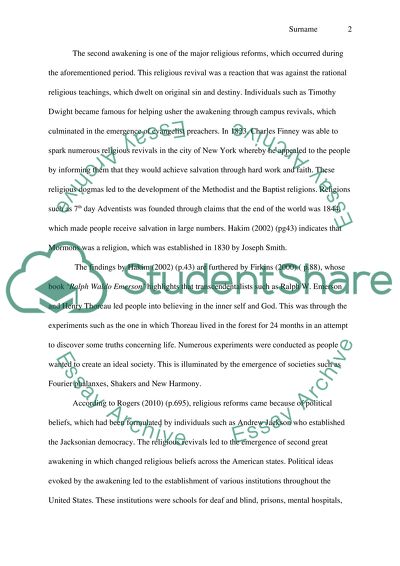Cite this document
(“Religion and reform 1820-1860: The Relationship between the Women Research Paper”, n.d.)
Retrieved from https://studentshare.org/history/1398228-religion-and-reform-1820-1860-the-relationship-between-the-women-rights-and-abolitionist-movement
Retrieved from https://studentshare.org/history/1398228-religion-and-reform-1820-1860-the-relationship-between-the-women-rights-and-abolitionist-movement
(Religion and Reform 1820-1860: The Relationship Between the Women Research Paper)
https://studentshare.org/history/1398228-religion-and-reform-1820-1860-the-relationship-between-the-women-rights-and-abolitionist-movement.
https://studentshare.org/history/1398228-religion-and-reform-1820-1860-the-relationship-between-the-women-rights-and-abolitionist-movement.
“Religion and Reform 1820-1860: The Relationship Between the Women Research Paper”, n.d. https://studentshare.org/history/1398228-religion-and-reform-1820-1860-the-relationship-between-the-women-rights-and-abolitionist-movement.


